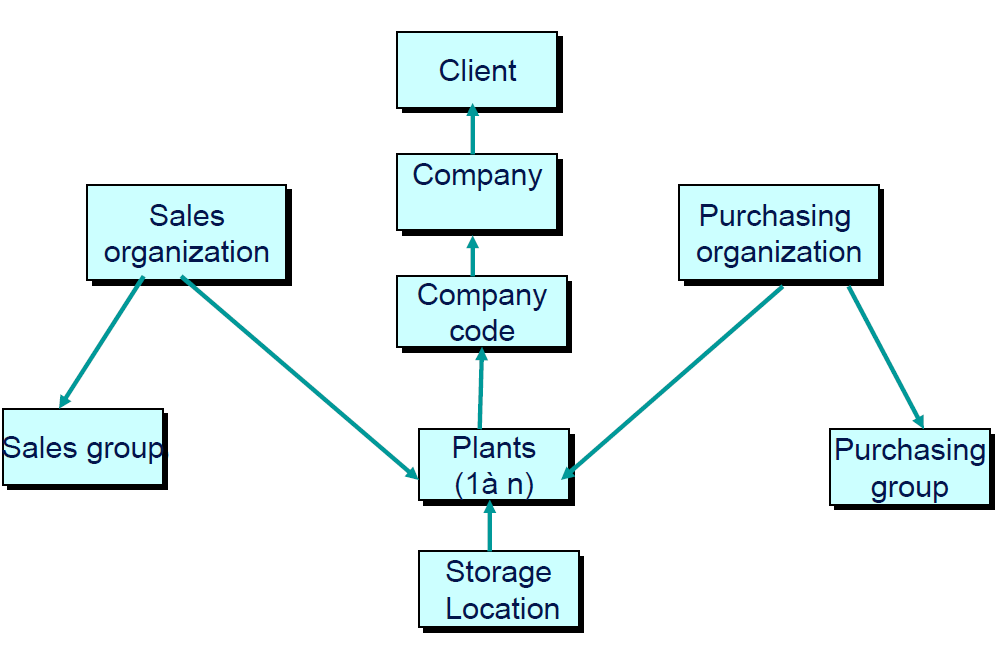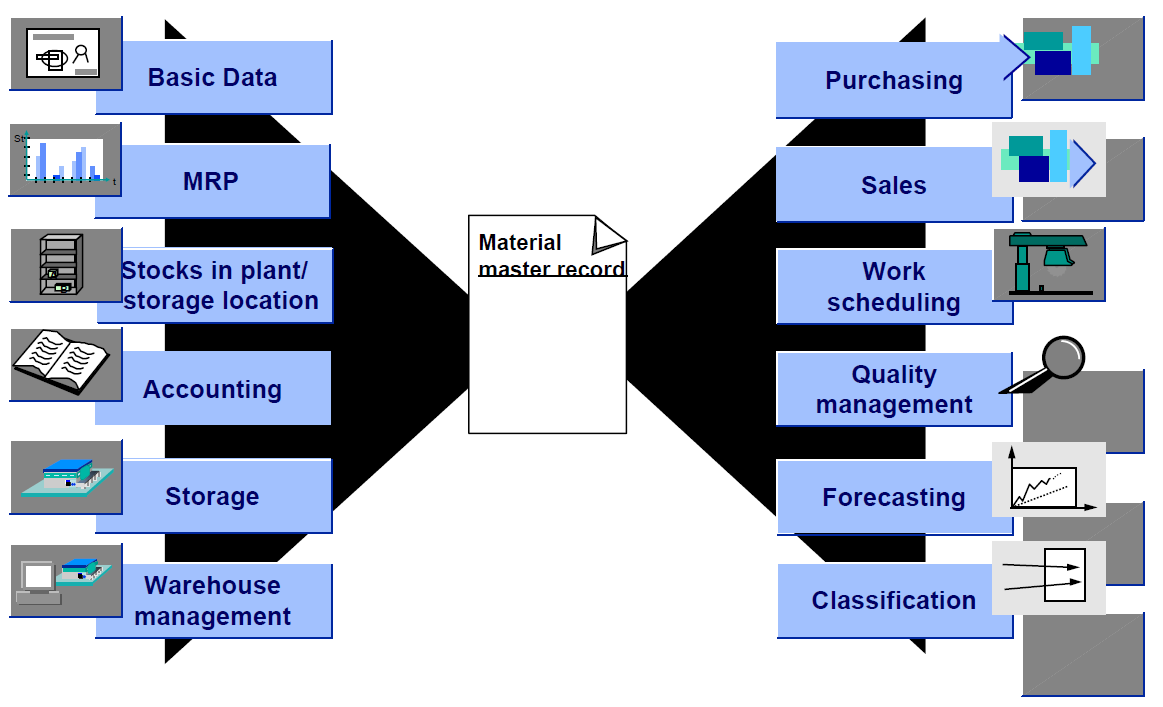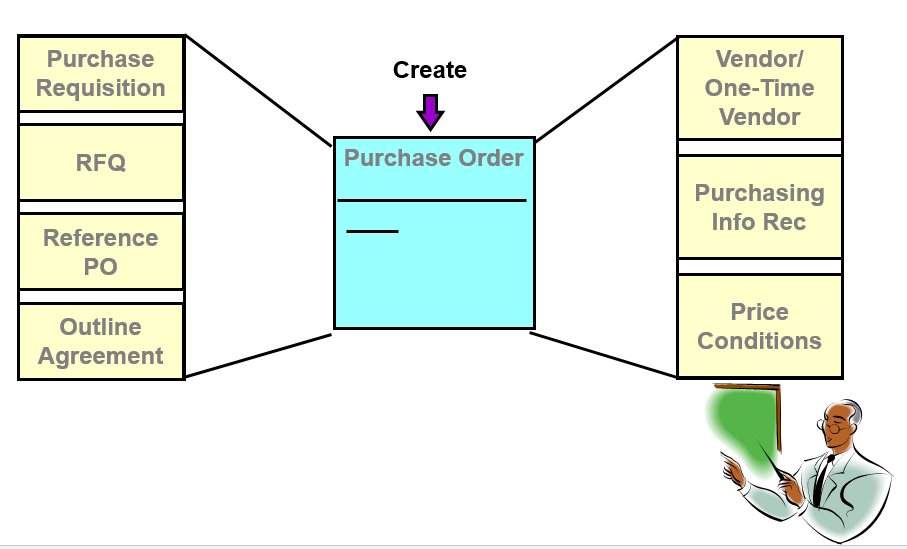1.   Invoice verification provides a link between which modules?
Invoice verification provides a link between Materials Management and the Financial Accounting, Controlling and Asset Accounting modules.
2.   What are the two ways to enter taxes on invoices?
(a)Â Â Â Manually enter it in the Tax field
(b)Â Â Â Leave the Tax Amount field blank and turn on the Calculate Tax indicator to have the system calculate the tax based on the Tax Code.
3.   When a Vendor invoice is posted in the system, what 5 things happen?
•   An Invoice Receipt document is created
•   The Material Master record is updated when appropriate.
•   The Purchase Order History is updated when appropriate.
•   Entries are posted to the appropriate General Ledger Accounts
•   The Vendor account (Sub-ledger) is updated.
4.   When the Vendor Invoice is posted which accounts are effected?
A debit is posted to the GR/IR Clearing Account and a credit is posted to the Vendor Account. At the same time, a credit is posted to the appropriate General Ledger Reconciliation Account (i.e., A/P account) assigned to the Vendor.
5.   What are the four types of variances in Invoice Verification?
•   Quantity Variance
•   Price Variance
•   Order Price Quantity Variance
•   Schedule Variance
6.   What are subsequent debit/credit memos?
Subsequent debit/credit memos are used to process additional invoices or credit memo(s) received from a vendor after the (Purchase Order) transaction has been settled (paid).








Leave a Reply